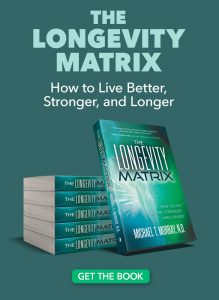 From Prologue:
From Prologue:
“The enemy of the conventional wisdom is not ideas but the march of events.” —John Kenneth Galbraith
The term “conventional wisdom” was coined in 1958 by the noted economist John Kenneth Galbraith in his book Affluent Society. According to Galbraith, conventional wisdom is established if it is simple, convenient, comfortable and comforting—though not necessarily true. Galbraith also said, “We associate truth with convenience with what most closely accords with self-interest or personal well-being.” People want to believe conventional wisdom because it is indeed so simple, convenient, comfortable and comforting, even if it may not be true. And once conventional wisdom on any topic is accepted, it becomes difficult to prove otherwise.
The reality is that the U.S. medical establishment has created a conventional wisdom that drug-oriented medicine is the best form of medicine. Yet many of these drugs only make us feel better in the short term, and have a risk of dependency, side effects worse than the condition being treated, or the potential to cause the condition itself to worsen. The substantial risks and rising costs associated with a drug-oriented medical system are creating an opportunity for change.
Change is definitely coming; in fact, we are in the midst of this change. There has been a subtle revolution occurring in medicine for years, and a new paradigm is emerging. A paradigm refers to a model used to explain events. As our understanding of the environment and human body evolves, new paradigms (explanations) are developed. For example, in physics the cause-and-effect views of Descartes and Newton have been replaced by quantum mechanics, Einstein’s theory of relativity and the theoretical physics that takes into consideration the tremendous “interconnectedness” of the universe.
The new paradigm in medicine also focuses on the interconnectedness of body, mind, emotions, social factors and the environment in determining the status of health within an individual. And while the old paradigm viewed the body basically as a machine that can be fixed best with drugs and surgery, the new model that is emerging utilizes these measures secondary to natural, noninvasive techniques to promote health and healing. The relationship between the physician and patient is also evolving. The era of the physician as a demigod is over. The era of self-empowerment is beginning.


